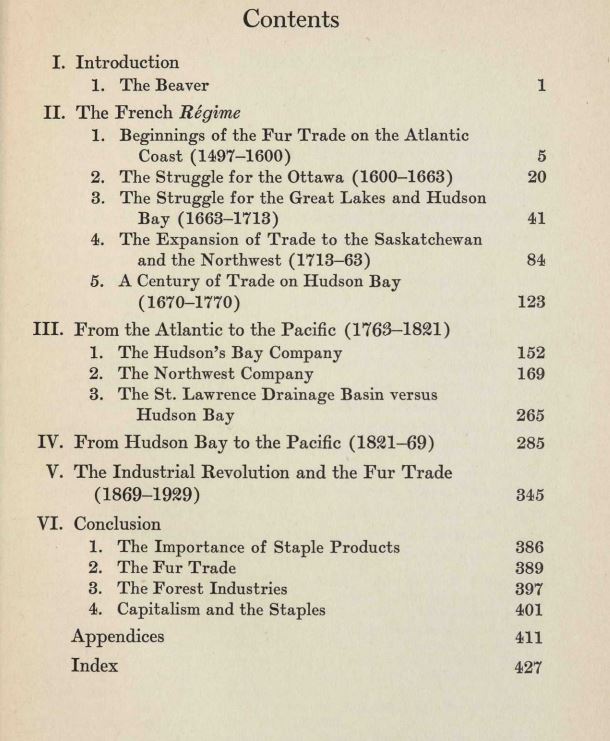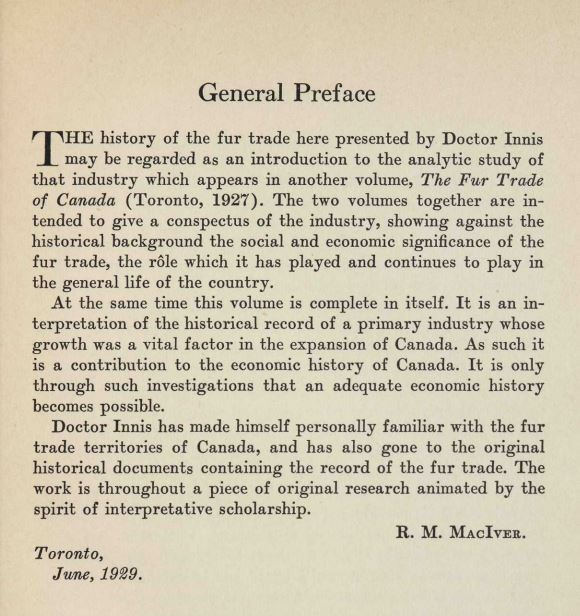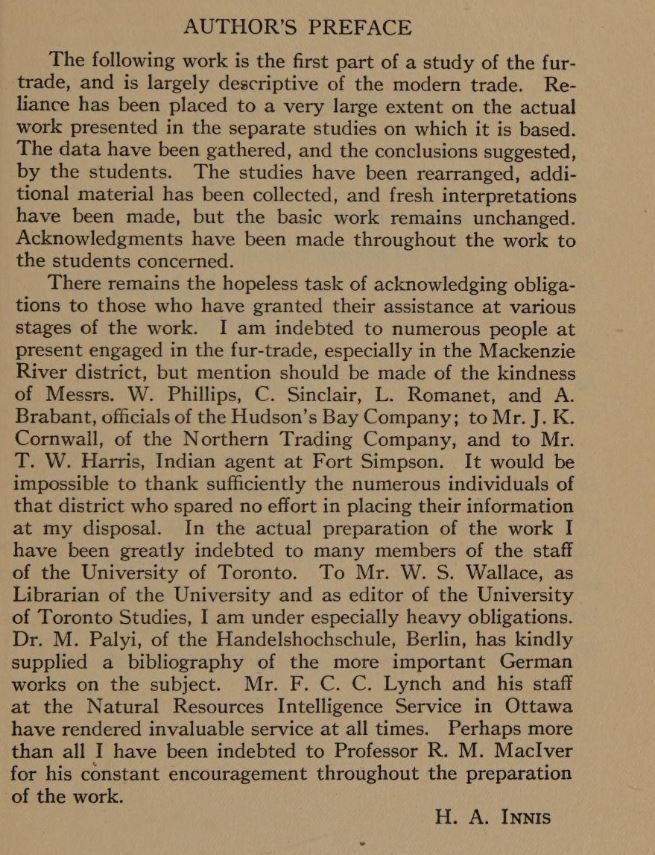[This post is a variation of McLuhan on Whitehead occasioned by a renewed engagement with Science and the Modern World and a forgetful head.]
McLuhan first read Whitehead’s 1926 Science and the Modern World with Rupert Lodge in the early 1930s at the University of Manitoba. When he was teaching in St Louis preparing his PhD thesis, he reread it in the 1938 edition. Then, sometime in the 1940s, he read Symbolism: Its Meaning and Effects and Adventures of Ideas. All of these volumes are in his library preserved at the University of Toronto, sometimes in multiple copies and often annotated.
*
McLuhan included the following Whitehead texts in The Medium is the Massage (1968):
Science and the Modern World, 1926
It is the business of the future to be dangerous…
Symbolism: Its Meaning and Effects, 1927
The major advances of civilization are processes that all but wreck the societies in which they occur.
Adventures of Ideas,1933
In the study of ideas, it is necessary to remember that insistence on hard-headed clarity issues from sentimental feeling, as it were a mist, cloaking the perplexities of fact. Insistence on clarity at all costs is based on sheer superstition as to the mode in which human intelligence functions. Our reasonings grasp at straws for premises and float on gossamers for deductions.
*
Here in chronological order are McLuhan texts where Whitehead is discussed (his numerous mentions of Whitehead are not included). Some commentary is given in footnotes.
The Place of Thomas Nashe in the Learning of his Time, 1943
Like Bergson, in full revolt against the long monopoly of Cartesian and Newtonian mathematical physics in the interpretation of the universe, Whitehead says that on the materialistic theory “there can merely be change, purposeless and unprogressive. But the whole point of the modern doctrine is the evolution of the complex organisms from antecedent states of less complex organisms. The doctrine thus cried aloud for a conception of organism as fundamental for nature. . . . The organism is a unit of emergent value, a real fusion of the characters of eternal objects, emerging for its own sake.” (Science and the Modern World, 1938, 130.) For the “forms” of Bonaventure, Whitehead substitutes “events.” “Events” are patterns of universal being. Mental cognition, he says, “knows the world as a system of mutual relevance, and thus sees itself as mirrored in other things” (174). The metaphor of the mirror comes as naturally to Whitehead as to Bonaventure, of whom Whitehead knows nothing. All specialism in knowledge disappears for Whitehead as for Philo or Hugh of St. Victor: “We can now see the relation of psychology to physiology and to physics. The private psychological field is merely the event considered from its own standpoint.” (175). The difference between Whitehead and Bonaventure is that between a man taking his first uncertain steps into a new world of inexhaustible significance, and a man born into that world. The concepts in terms of which Whitehead falteringly apprehends his brave non-Newtonian world are crudely makeshift and tentative. Bonaventure’s are delicately and complexly poised, deftly touching his world at innumerable points.
Francis Bacon’s Patristic Inheritance, 1944
Whitehead’s concept of events, of nature as organism, and of mind as mirrored in other things puts him in an ancient tradition. (Cf. Science and the Modern World, 1938, 130)
The Mechanical Bride, 1951
Professor Whitehead tells us in his Adventures of Ideas that whereas Newton gave us the picture of an atomic universe, Leibnitz “explained what it must be like to be an atom. . . . Leibnitz tells us how an atom is feeling about itself.”
The Mechanical Bride, 1951
If it were possible to define success in a great number of ways, a success drive might not be destructive. If there were as many recognized kinds of success as there are temperaments, tastes, skills, and degrees of knowledge, a society dedicated to success might yet develop very great harmony amid variety and richness of experience and insight. As Whitehead put it in Adventures of Ideas: “The vigour of civilized societies is preserved by the widespread sense that high aims are worthwhile (,,,) All strong interests easily become impersonal, the love of a good job well done. There is a sense of harmony about such an accomplishment, the Peace brought by something worthwhile. Such personal gratification arises from an aim beyond personality.”
The Mechanical Bride, 1951
This artistic discovery for achieving rich implication by withholding the syntactical connection is stated as a principle of modern physics by A. N. Whitehead in Science and the Modern World. “In being aware of the bodily experience, we must thereby be aware of aspects of the whole spatio-temporal world as mirrored within the bodily life (…) my theory involves the entire abandonment of the notion that simple location is the primary way in which things are involved in space-time.” Which is to say, among other things, that there can be symbolic unity among the most diverse and externally unconnected facts or situations.
The Mechanical Bride, 1951
A. N. Whitehead states the procedures of modern physics (…) in Science and the Modern World. In place of a single mechanical unity in all phenomena, “some theory of discontinuous existence is required”. But discontinuity, whether in cultures or physics, unavoidably invokes the ancient notion of harmony. And it is out of the extreme discontinuity of modern existence, with its mingling of many cultures and periods, that there is being born today the vision of a rich and complex harmony. We do not have a single, coherent present to live in, and so we need a multiple vision in order to see at all.
Tennyson and Picturesque Poetry, 1951
As A.N. Whitehead showed, the great discovery of the nineteenth century was not this or that fact about nature, but the discovery of the technique of invention, so that modern science can now discover whatever it needs to discover. And Rimbaud and Mallarmé, following the lead of Edgar Poe’s aesthetic, made the same advance in poetic technique that Whitehead pointed out in the physical sciences. The new method is to work backwards from the particular effect to the objective correlative or poetic means of evoking that precise effect, just as the chemist begins with the end product and then seeks the formula which will produce it.
Network #2, 1953
Edgar Poe’s Philosophy of Composition anticipated the technique of the modern sciences of physics, chemistry, archaeology and psychology. Poe discovered a new method of precision, economy and control in writing backwards. To start with the effect and to invent the cause, to move from emotion to the formula of that particular emotion. This is what Whitehead in Science and the Modern World refers to as the discovery of the technique of discovery.
The Gutenberg Galaxy, 1962
A most luminous passage of A.N. Whitehead’s classic Science and the Modern World is one that was discussed previously in another connection.
“The greatest invention of the nineteenth century was the invention of the method of invention. A new method entered into life. In order to understand our epoch, we can neglect all the details of change, such as railways, telegraphs, radios, spinning machines, synthetic dyes. We must concentrate on the method in itself; that is the real novelty, which has broken up the foundations of the old civilisation. The prophecy of Francis Bacon has now been fulfilled; and man, who at times dreamt of himself as a little lower than the angels, has submitted to become the servant and the minister of nature. It still remains to be seen whether the same actor can play both parts.” (Science and the Modern World, 141)
Whitehead is right in insisting that “we must concentrate on the method itself.” It was the Gutenberg method of homogeneous segmentation, for which centuries of phonetic literacy had prepared the psychological ground, that evoked the traits of the modern world. The numerous galaxy of events and products of that method of mechanization of handicrafts, are merely incidental to the method itself. It is the method of the fixed or specialist point of view that insists on repetition as the criterion of truth and practicality. Today our science and [fundamentally different] method strive not towards a point of view but to discover how not to have a point of view, the method not of closure and perspective but of the open “field” and the suspended judgment. Such is now the only viable method under electric conditions of simultaneous information movement and total human interdependence.
Whitehead does not elaborate on the great nineteenth century discovery of the method of invention. But it is, quite simply, the technique of beginning at the end of any operation whatever, and of working backwards from that point to the beginning. It is the method inherent in the Gutenberg technique of homogeneous segmentation [although unknown and unacknowledged there] but not until the nineteenth century was the method extended from production to consumption. Planned production means that the total process must be worked out in exact stages, backwards, like a detective story. In the first great age of mass production of commodities, and of literature as a commodity for the market, it became necessary to study the consumer’s experience. In a word it became necessary to examine the effect of art and literature before producing anything at all.
We need a new picture of knowledge, 1963
A New Emphasis on Process: It was Whitehead’s Science and the Modern World that first drew wide attention to the close relations between art and science. (…) “We must concentrate on the method in itself; that is the real novelty which has broken up the foundations of the old civilization (…) One element in the new method is just the discovery of how to set about bridging the gap between the scientific ideas, and the ultimate product” [by working backwards].
Alarums in a Brave New World, 1965
It was A.N. Whitehead who pointed out that one of the great sources of confusion in our time is the illusion that the environment is stable and that all change and innovation occur within this unchanging environment. This illusion is a legacy of the Newtonian system. This system had no more place for change than it had for people.
Relation of Environment to Anti-Environment, 1966
The scientists of our time are just as confused as the philosophers, or the teachers, and it is for the reason that Whitehead assigned: “they still have the illusion that the new developments are to be fitted into the old space or environment”.
Francis Bacon, Ancient or Modern? 1974
A.N. Whitehead, while perceiving that Bacon “is outside the physical line of thought which finally dominated the century” has no way of clarifying his observation that: “Bacon’s line of thought (…) expressed a more fundamental truth than do the materialistic concepts which were then being shaped as adequate for physics.” (Science and the Modern World, London, 1938, p. 56) Quite simply. Bacon’s humanist and grammatical approach to the page of nature and the book of creatures makes for “a conception of organism as fundamental for nature” (Ibid., p. 130).





